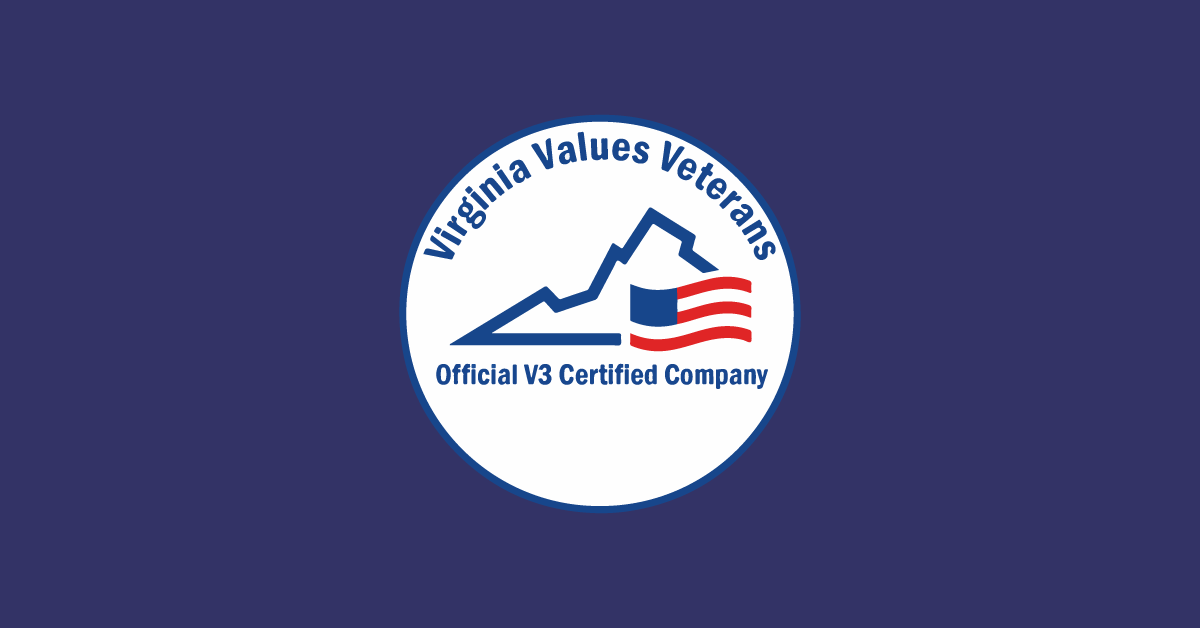3 min read
Building Culture That Works: Cobb Tech Named One of VA's Best
Cobb Technologies has been honored as one of the 2025 Best Places to Work in Virginia by Virginia Business and Best Companies Group. This prestigious...
3 min read
 Kaitlin McDonnell
May 21, 2020 2:50:12 PM
Kaitlin McDonnell
May 21, 2020 2:50:12 PM

Buying a multi function printer (MFP) is much like buying a car — if you’re not the only one who will be using it, you need to make sure everyone who will gives it a test drive.
And while you can’t take an MFP out for a spin around the block, you can make sure every facet of your organization plays a part in the decision making process — because that’s the answer to this blog: anyone who will use the MFP should be involved.
Let’s imagine there is a small business made up of about fifty employees. Like most businesses with an office manager, this business’ supply orders and invoices are handled by that office manager.
And while this makes sense most of the time, an office manager is only an expert at their position — other departments, and the employees in those departments, will have insight into the minutiae of daily operations.
But, this imaginary business needs a new MFP now, and doesn’t have the time to spend in meetings determining what that MFP needs to do — so the office manager, as the employee in charge of communicating with their provider, is delegated the task of determining what functionalities their new MFP needs.
So the process moves along, and before they know it, the time for signing paperwork has come. It is only at this meeting, however, that the head of IT has become involved, and notices a critical functionality gap with the MFP.
Now, this company must endure a longer upgrade process — causing them to take more time than they originally would have if the IT director had been involved from the beginning of this renewal.
Businesses that want to make the most of their MFP will create discovery teams made up of employees from various areas within the company. Key players within this team should include:
If your company makes use of an outsourced IT solution, it is important to involve that team as well. It is also important to note that this is not an exhaustive or concrete list — the make-up of the discovery team will change depending on your business’ needs and environment.
This team should gather insight from all of the departments that use your current MFP, making sure to ask about wants, problems, and plans of inter-departmental growth. Make sure to include these plans in your final list of features and needs — there is no greater detriment to efficiency than not having the needed functionality.
Your team will always want to include the sales representative in this discovery process — they will be able to easily run a review of your account, taking a look at metrics such as current meters, current spend, the number of service calls made, and your current investment.
Rather than spending time gathering this information yourself, have your sales representative do it for you — they will also be able to provide you with insight into what these metrics mean for the future of your business’ operations, and can identify and areas of growth, or even features you had previously that are no longer necessary. Not only does the inclusion of your sales representative save you time during the discovery phase, it also can save you money in both the short and long term.
After the findings have been presented to your sales representative, they will present you with a proposal for your custom MFP solution. Again, it is important to have the entirety of your discovery team in this proposal meeting — this will help you avoid accidentally signing off on an MFP that is missing critical functionality.
During this stage, make sure a member of leadership is involved — this will help them understand what the company is spending their money on, and what solutions will be available to them.
Having all key members present at your proposal will also help to mitigate any false perceptions — rather than disseminating information throughout the organization, it is faster to have all decision makers present during the proposal, and will ensure the decision made is based on accurate information.
After the proposal is complete, make sure to thoroughly review the entirety of the proposal — product demonstrations often take place during this phase as well, in order to help your team better understand the capabilities of the device they are considering — again, make sure all decision makers are present for your demo.
After your proposal and demo, your organization should make any revisions based on the input from your discovery team and their findings. And after a deal has been made with your provider, make sure to involve your sales representative in the implementation process of your new MFP — they will be able to help you plan ahead for the day of installation, ensuring a smooth process with minimal interruption into your business’ daily operations.
On average, this entire process takes about one month — so if you’re considering upgrading your MFP, start building your discovery team now.

3 min read
Cobb Technologies has been honored as one of the 2025 Best Places to Work in Virginia by Virginia Business and Best Companies Group. This prestigious...

5 min read
Cobb Technologies is honored to hold the SWaM (Small, Women-owned, and Minority-owned Business) certification, awarded by the Commonwealth of...

5 min read
Every year, thousands of Veterans transition from military service to civilian careers in Virginia, bringing invaluable skills and experiences to...